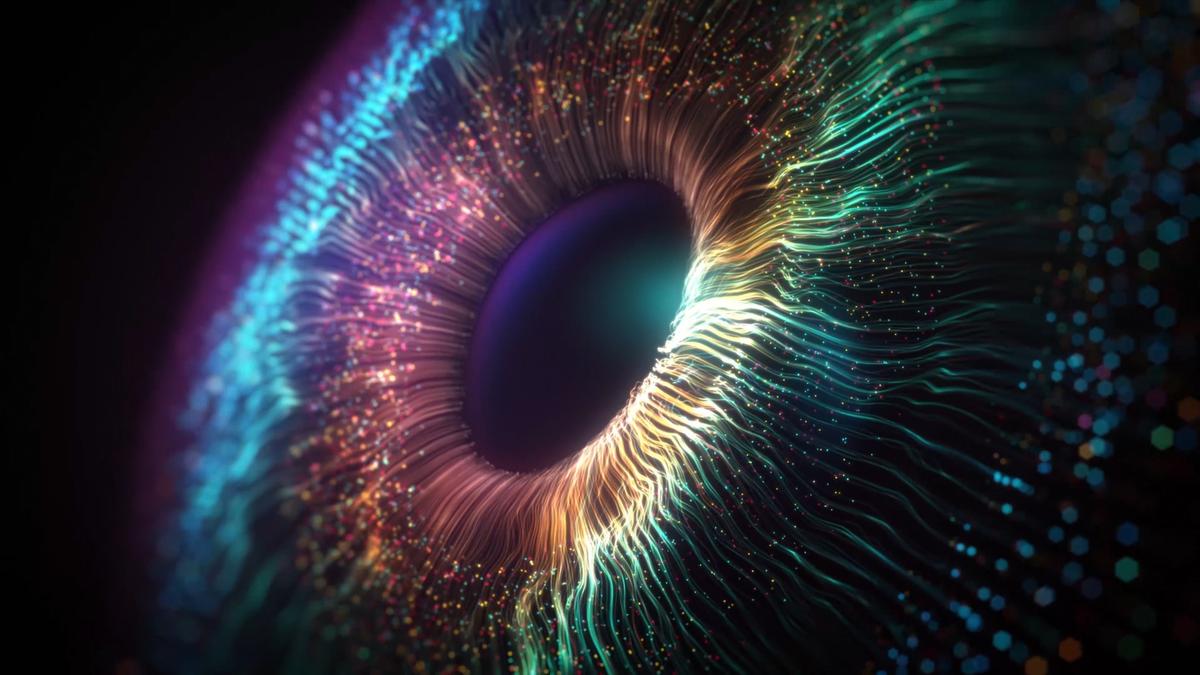Artificial Intelligence (AI) has made significant strides in recent years, particularly in the field of medical imaging. The use of AI-generated synthetic medical images presents both exciting possibilities and considerable challenges. This article explores the potential benefits and pitfalls of this emerging technology.
Understanding Synthetic Medical Images
Synthetic medical images are artificially generated images created using algorithms and machine learning techniques. These images can simulate various medical conditions, providing a wealth of data for training diagnostic models and enhancing medical education.
Benefits of AI-Generated Synthetic Medical Images
- Data Augmentation: AI can produce diverse and extensive datasets that help train machine learning models. This is particularly valuable in scenarios where real medical images are scarce.
- Improved Diagnostics: Synthetic images can be tailored to include specific anomalies or variations, aiding in the development of robust diagnostic algorithms.
- Enhanced Training for Medical Professionals: Medical practitioners can use synthetic images for training purposes, allowing them to practice diagnosing conditions without the ethical concerns of using real patient data.
- Cost-Effective Solutions: Generating synthetic images can be less expensive than obtaining real medical imaging data, especially in research and development phases.
Potential Pitfalls of AI-Generated Synthetic Medical Images
- Quality and Authenticity Concerns: The fidelity of synthetic images to real-world scenarios can be questioned. Poorly generated images may lead to misinterpretations and diagnostic errors.
- Overfitting: Models trained on synthetic images might not perform well on real images, leading to a lack of generalizability in clinical settings.
- Ethical and Legal Implications: The use of synthetic images raises ethical questions regarding informed consent and the ownership of generated data.
- Regulatory Challenges: The integration of AI-generated images into clinical practice may face regulatory hurdles, as existing frameworks may not fully address the nuances of synthetic data.
Conclusion
AI-generated synthetic medical images represent a groundbreaking advancement in the medical field, with the potential to revolutionize diagnostics and medical training. However, it is crucial to address the associated challenges to harness this technology safely and effectively.
Multiple-Choice Questions (MCQs):
- What is the primary purpose of AI-generated synthetic medical images?
- A) To replace human doctors
- B) To augment data for training diagnostic models
- C) To conduct surgeries
- D) To eliminate the need for medical imaging
- Which of the following is a benefit of using synthetic medical images in medical training?
- A) They require real patient data for training.
- B) They can simulate various medical conditions without ethical concerns.
- C) They are always of higher quality than real images.
- D) They eliminate the need for medical professionals.
- What is a potential pitfall of AI-generated synthetic medical images?
- A) Increased availability of medical data
- B) Enhanced diagnostic accuracy
- C) Quality and authenticity concerns
- D) Cost-effective solutions for research
- Why might models trained on synthetic images struggle in clinical settings?
- A) They are too expensive to use.
- B) They are not user-friendly.
- C) They may overfit and lack generalizability.
- D) They are not compatible with real medical data.
- What ethical concern is raised by the use of AI-generated synthetic images?
- A) The images are too realistic.
- B) The ownership of generated data and informed consent.
- C) They are used in all medical practices.
- D) They increase costs for patients.
